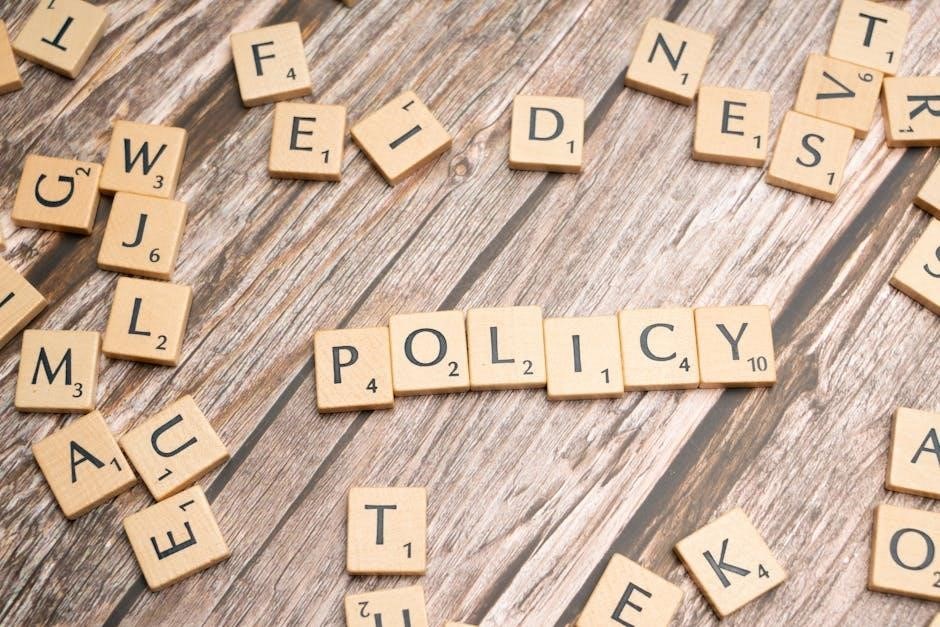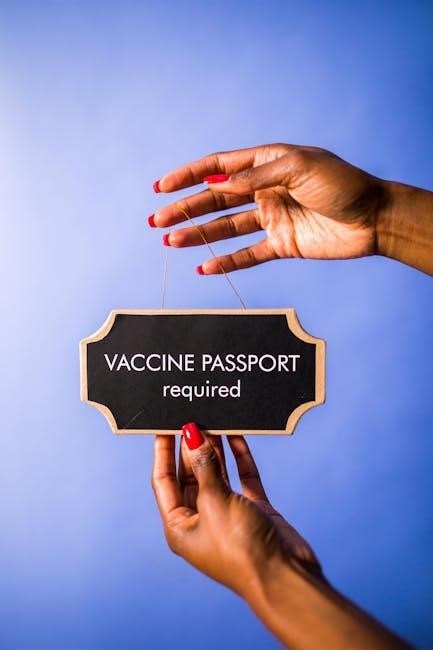Basketball Rules and Regulations: A Comprehensive Guide
This guide offers a comprehensive overview of basketball rules and regulations. It encompasses official FIBA rules, NBA regulations, and interpretations. It will also give an overview of the changes made in the 2024. This is for coaches, players, and referees.
Official Basketball Rules: An Overview
The official basketball rules, which govern play, officiating, equipment, and procedures, are crucial for fair competition. While basic rules remain consistent globally, variations exist across leagues. North American leagues, including the NBA, WNBA, and NCAA, have notable differences. FIBA, the International Basketball Federation, publishes and adapts the only internationally recognized basketball rules.
These comprehensive rules address every aspect of the game. For those seeking a simplified understanding, introductory guides are available before diving into the full official document. Teachers and coaches may find the portable document format useful once familiar with the basic version.
The official rules comprise two sections: basketball rules and basketball equipment, published separately. Recent updates and interpretations, such as the 2024 versions, ensure the rules remain current. These interpretations clarify the rules’ principles and concepts in practical situations. The officials are in complete charge of the game. It is essential for referees to have a complete understanding of the rules.
FIBA Official Basketball Rules
FIBA, the International Basketball Federation, is the governing body of basketball, responsible for deciding, publishing, and adapting the official basketball rules. These rules are the only ones recognized internationally, ensuring uniformity across global competitions. FIBA also organizes prestigious international events like the Basketball World Cup and the 3×3 World Cup.
The FIBA official basketball rules are comprehensive, addressing all rule-related aspects of the game. They are available online and updated regularly, with the latest versions including rule changes and interpretations. These updates are crucial for referees, coaches, and players to stay informed about the current regulations. The official rules comprise two sections: basketball rules and basketball equipment, published separately. Recent updates and interpretations, such as the 2024 versions, ensure the rules remain current.
A significant change in the updated FIBA rules involves throw-in procedures, especially during the final two minutes of the fourth quarter. Understanding these specific changes is vital for teams competing under FIBA regulations. It is essential for referees to have a complete understanding of the rules.
NBA Rulebook and Regulations
The National Basketball Association (NBA) operates under its own set of rules and regulations, which are detailed in the NBA Rulebook. This rulebook governs all aspects of gameplay, officiating, player conduct, and team operations within the league. The NBA also provides video resources to illustrate rules in action and publishes reports on the last two minutes of close games.
The NBA Rulebook is updated annually to address evolving game strategies and maintain fairness. These updates often include clarifications and interpretations of existing rules. The NBA also releases an officiating guide and provides resources for officials, including training materials and performance evaluations; The league also offers various resources for fans and media, including rules explanations and historical information. These resources help to increase understanding of the game.
Key aspects covered include player conduct, dress code, and interactions with officials. The NBA emphasizes maintaining a professional and respectful environment for players, coaches, and fans. NBA rules may differ from FIBA rules in some respects. These differences can affect gameplay strategies and officiating.
Key Rule Differences: FIBA vs. NBA
While the fundamental principles of basketball remain consistent, significant differences exist between the rules established by FIBA (International Basketball Federation) and the NBA (National Basketball Association). These variations impact gameplay, strategy, and officiating. Understanding these distinctions is crucial for players, coaches, and fans who follow both leagues.
One notable difference lies in game duration. FIBA games consist of four 10-minute quarters, whereas NBA games feature four 12-minute quarters. This longer game time in the NBA influences player rotations and overall game strategy. Another key difference is in the rules governing timeouts. FIBA allows fewer timeouts per game compared to the NBA, affecting how teams manage crucial moments.
Furthermore, defensive rules differ, with the NBA historically allowing more freedom in defensive schemes compared to FIBA’s stricter interpretations of defensive fouls. The three-second rule, governing how long an offensive player can remain in the key, also varies slightly between the two organizations. Familiarizing oneself with these key differences provides a richer understanding of the nuances of basketball played under FIBA and NBA rules.
Rule Changes and Amendments in 2024
In 2024, basketball’s governing bodies have introduced several rule changes and amendments to enhance the game’s flow, fairness, and player safety. These adjustments impact various aspects of the sport, from on-court procedures to equipment regulations. Staying informed about these changes is essential for players, coaches, officials, and fans.
One significant amendment involves throw-in procedures. New throw-in lines are implemented on the table side. This change is designed to enhance the strategic element during late-game situations. Another update concerns foul limits and disqualifications. Referees are instructed to clearly inform players upon reaching five fouls. This aims to ensure transparency and prevent misunderstandings.
Furthermore, adjustments have been made to basketball equipment regulations. These modifications ensure compliance with safety standards and promote fair play; These changes are incorporated into the official rulebooks and interpretations. These modifications will ensure that players, coaches, and officials are all playing by the same rules. By understanding these changes, everyone involved can contribute to a more enjoyable and competitive basketball experience.
Official Basketball Rules Interpretations
Official Basketball Rules Interpretations serve as a crucial companion to the core rulebook. They provide clarity and context to specific regulations. These interpretations address real-game scenarios, offering guidance to referees, coaches, and players. They ensure consistent application of the rules. These interpretations often clarify ambiguities. This ensures a more uniform understanding across different leagues and levels of play.
These interpretations are updated periodically. This happens to reflect evolving game strategies and address emerging situations. They are the result of careful consideration by rules committees and officiating experts. These committees analyze game footage, gather feedback from stakeholders, and deliberate on potential areas of confusion. The goal is to minimize subjectivity and promote fairness.
Moreover, these interpretations often include visual aids, such as diagrams and video examples. These visual elements help illustrate complex concepts and provide practical examples of how rules should be applied in various situations. Accessing and understanding these interpretations is essential for anyone seeking a deeper understanding of basketball’s intricate rule system. It helps in promoting fair play.
Basketball Equipment Regulations
Basketball equipment regulations are fundamental to ensuring fair play, safety, and consistency across all levels of the sport. These regulations govern the specifications and standards for various items. These items include the basketball itself, hoops, backboards, and even the court dimensions. Strict adherence to these regulations is crucial for maintaining the integrity of the game. It ensures that all participants compete on a level playing field.
The official basketball must meet specific criteria. This includes size, weight, material, and inflation levels. Hoops and backboards also have precise measurements and construction requirements. The court must adhere to standardized dimensions. These dimensions also include markings for free-throw lanes and the three-point line. These regulations are established by governing bodies like FIBA and the NBA.
Furthermore, clothing and footwear are also subject to certain regulations. These regulations typically focus on preventing any unfair advantages or safety hazards. For example, jewelry is often prohibited to prevent injuries. Shoes must provide adequate support and traction. Regular inspection and maintenance of equipment are vital. This guarantees that all equipment complies with the established standards.
Foul Limits and Disqualifications
Foul limits and disqualifications are crucial aspects of basketball rules. These aspects are designed to maintain fair play and prevent excessive physical contact. In both FIBA and NBA regulations, a player is typically allowed a certain number of personal fouls before being disqualified from the game. This limit is usually five fouls in FIBA and six fouls in the NBA.
Once a player reaches their foul limit, they must leave the game and cannot return. This rule is enforced to prevent players from intentionally committing fouls. These fouls can disrupt the game or injure opponents without consequence. Technical fouls also contribute to a player’s foul count and can lead to disqualification. Technical fouls are assessed for unsportsmanlike conduct, rule violations, or other infractions.
Furthermore, certain flagrant fouls, which involve excessive or unnecessary contact, can result in immediate ejection from the game, regardless of the player’s foul count. The enforcement of foul limits and disqualifications ensures that players adhere to the rules. It promotes a more sportsmanlike and safer playing environment. Referees play a critical role in monitoring fouls. They accurately track each player’s foul count. This is very important for ensuring proper application of the disqualification rules.
Throw-in Rules and Procedures
Throw-in rules and procedures are fundamental to resuming play after various stoppages in basketball. These rules dictate how and where the ball is put back into play. They ensure a smooth and fair continuation of the game. A throw-in typically occurs after the ball goes out of bounds, a foul is committed, or a violation takes place.

The location of the throw-in is determined by specific circumstances. Usually, the throw-in is awarded to the team that did not cause the ball to go out of bounds. The player performing the throw-in must do so from the spot nearest to where the infraction occurred, unless otherwise specified by the rules. In certain situations, such as after a made basket, the throw-in takes place from behind the end line.
The player executing the throw-in must pass the ball into the court within five seconds. They cannot step onto the court until the ball has been released. Opponents must remain at least a meter away from the throw-in spot to provide space for the player to make a clean pass. In FIBA rules, there are specific throw-in lines on the table side of the court. These are used when the ball is advanced to the frontcourt after a timeout during the last two minutes of the fourth quarter.
Time Restrictions: Eight-Second Rule

The eight-second rule is a crucial time restriction in basketball, designed to prevent stalling and promote a more dynamic and offensive-minded game. This rule stipulates that a team in control of the ball in their backcourt must advance the ball past the half-court line and into their frontcourt within eight seconds. Failure to do so results in a turnover. The opposing team gains possession of the ball.
The eight-second count begins the moment a player on the team gains control of a live ball in their backcourt. This can occur after a rebound, an inbound pass, or a change of possession. The clock continues to run as the team attempts to move the ball across the half-court line. If the ball is deflected out of bounds by the defensive team during this eight-second period, the offensive team retains possession with a fresh eight-second count;

However, if the offensive team causes the ball to go out of bounds, or commits a violation such as a traveling or double-dribble, the eight-second count is not reset. The team loses possession of the ball. The rule aims to encourage quicker transitions and prevent teams from deliberately slowing down the pace of the game to maintain a lead. It adds a layer of strategic complexity. Teams must balance ball control with the need to advance the ball within the allotted time.
Starting and Ending Quarters and Overtime
The start and end of each quarter, as well as overtime periods, are governed by specific rules to ensure fair play and maintain the structure of a basketball game. Each quarter begins with a jump ball at the center circle between two opposing players. The jump ball procedure dictates that players must position themselves within their respective halves of the center circle. The referee then tosses the ball upward, and the designated jumpers attempt to tap the ball to one of their teammates.
Possession alternates at the start of subsequent quarters using the alternating possession arrow. This ensures that both teams have an equal opportunity to start with the ball. Quarters officially end when the game clock reaches 0:00, provided that the ball is not in the air on a shot attempt. If a shot is released before the clock expires and the ball subsequently goes in, the points are awarded, and the quarter concludes.
Overtime periods are implemented when the score is tied at the end of the fourth quarter. The length of overtime varies depending on the league or governing body. A jump ball initiates overtime. Teams continue playing until the overtime period ends and one team has a higher score. Multiple overtimes are played if the score remains tied after the initial overtime. The game concludes when a team has a higher score at the end of an overtime period.
Officials’ Responsibilities and Authority
Basketball officials, commonly known as referees, umpires, or crew, hold significant responsibility and authority during a game. Their primary duty is to enforce the game’s rules and regulations, ensuring fair play and maintaining the integrity of the competition. Officials are responsible for monitoring player conduct, calling fouls and violations, and administering penalties as necessary. They oversee the game from various positions on the court to ensure they have the best possible view of the action.
The officials’ authority extends to all aspects of the game, including player substitutions, timekeeping, and scorekeeping. They communicate with the players, coaches, and scorekeepers to ensure everyone is aware of the game’s status and any relevant rulings. Officials have the power to make decisions on any situation not specifically covered in the rulebook, exercising their best judgment to maintain fairness and order.

Moreover, officials are responsible for maintaining a safe and respectful environment for all participants. They can issue warnings or technical fouls to players or coaches who exhibit unsportsmanlike behavior. In extreme cases, they can eject individuals from the game for flagrant violations of the rules or for conduct detrimental to the game. The decisions of the officials are generally considered final, although some leagues provide avenues for appealing certain rulings.

